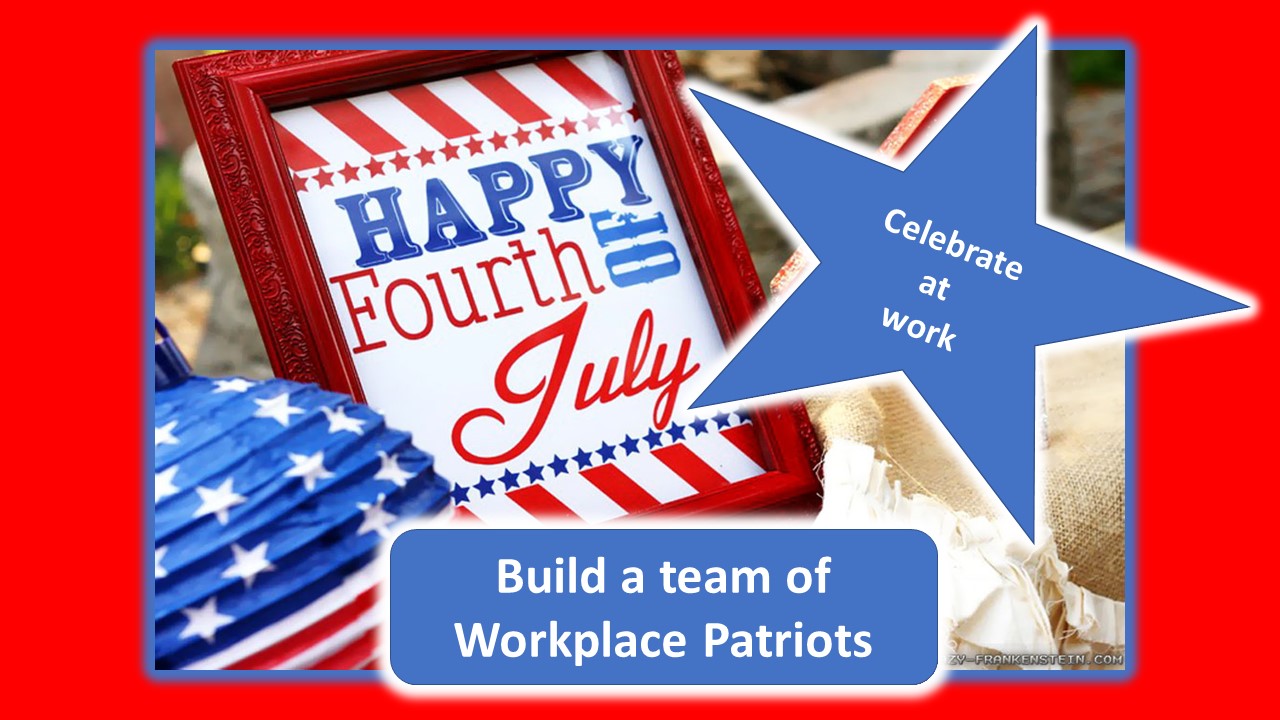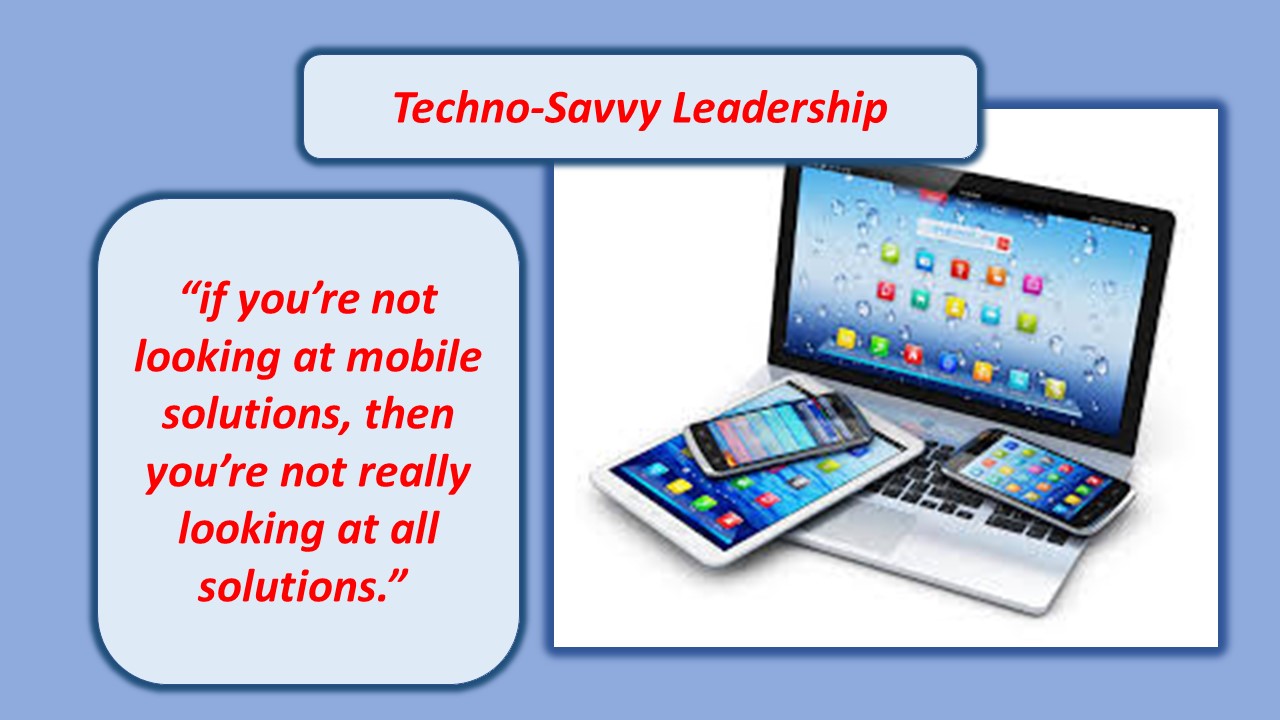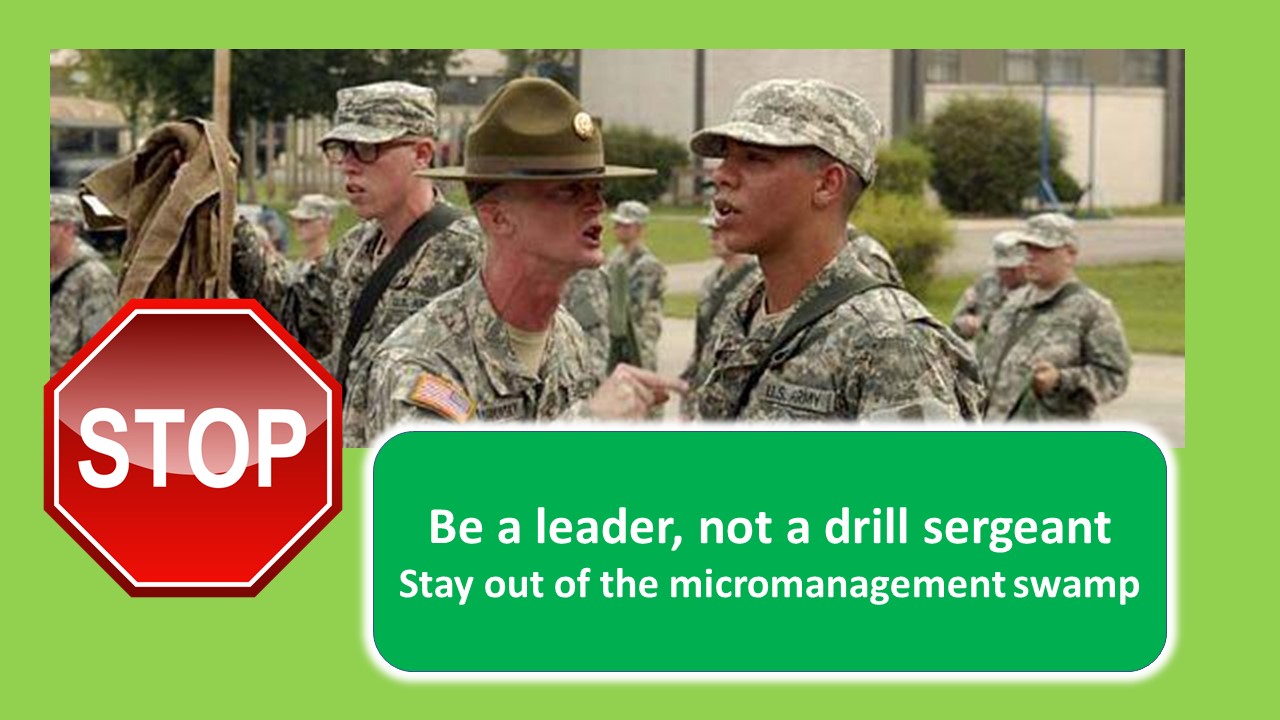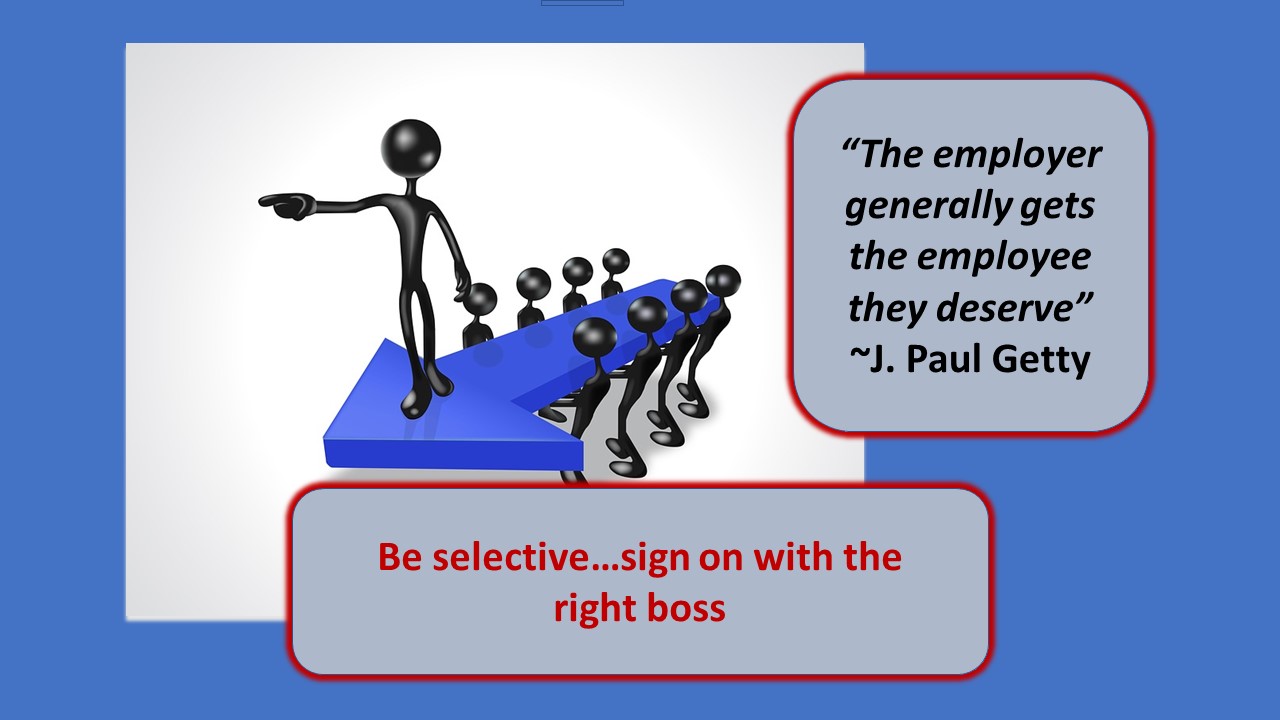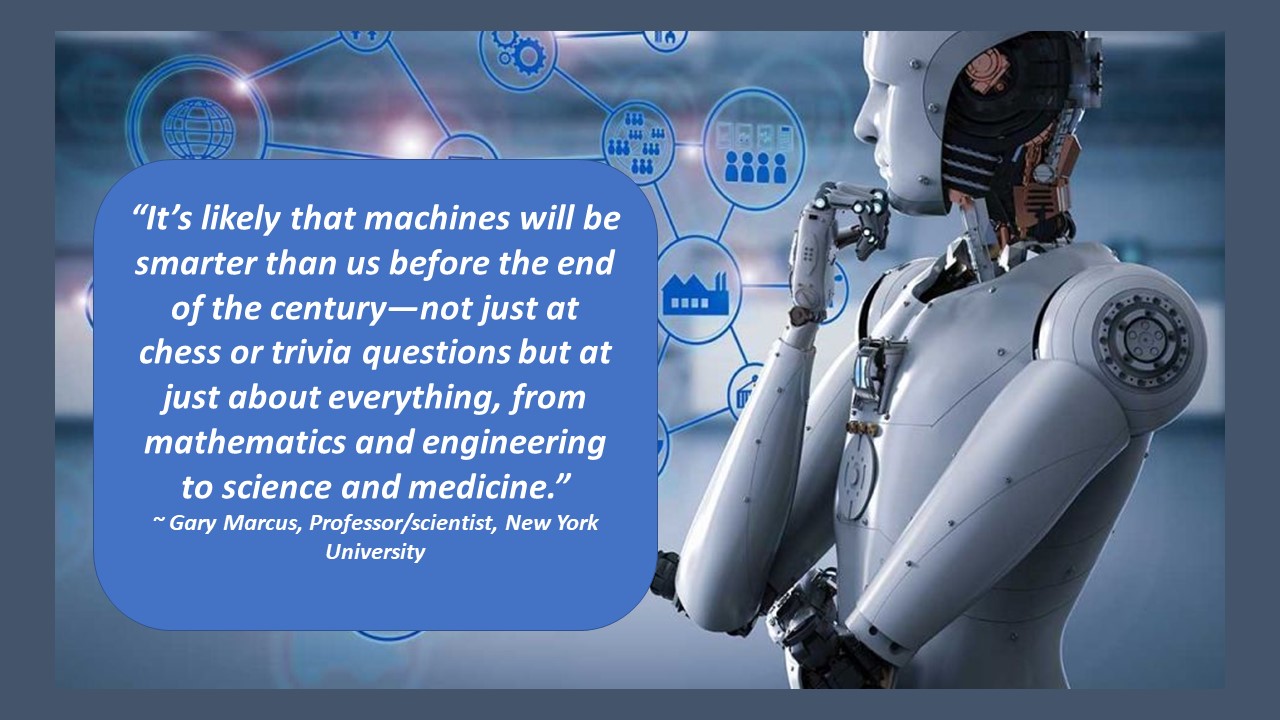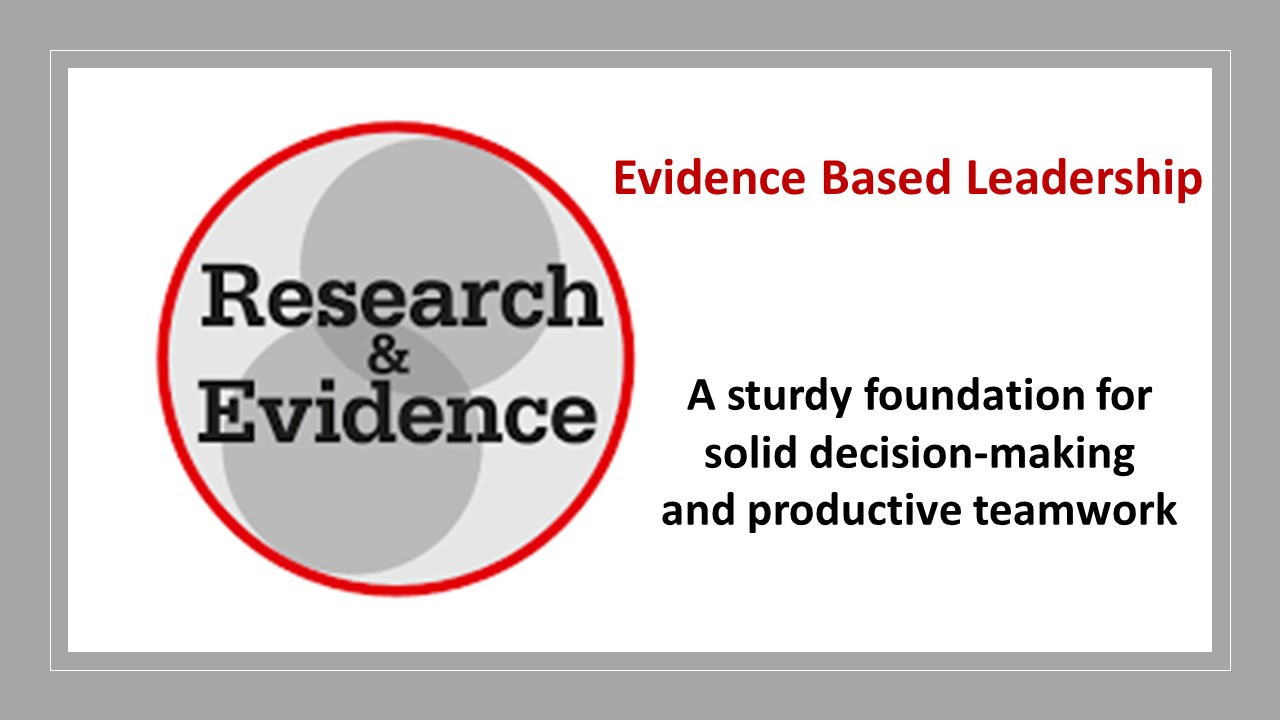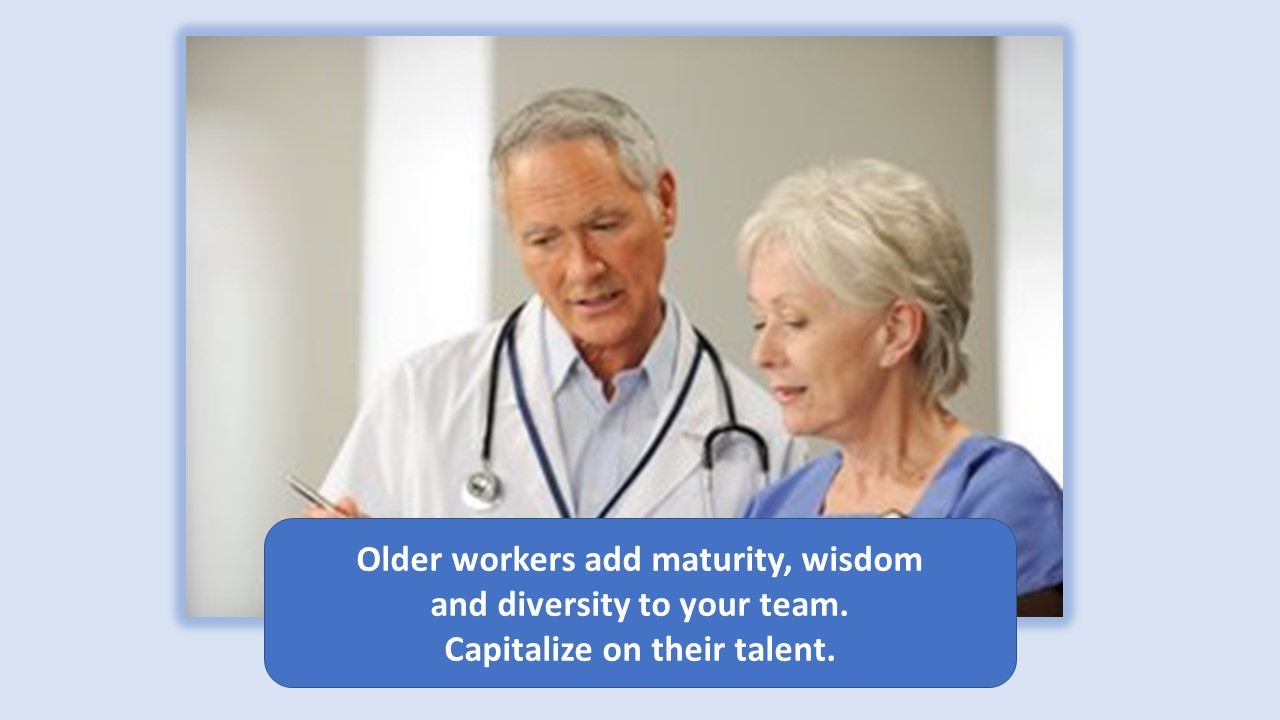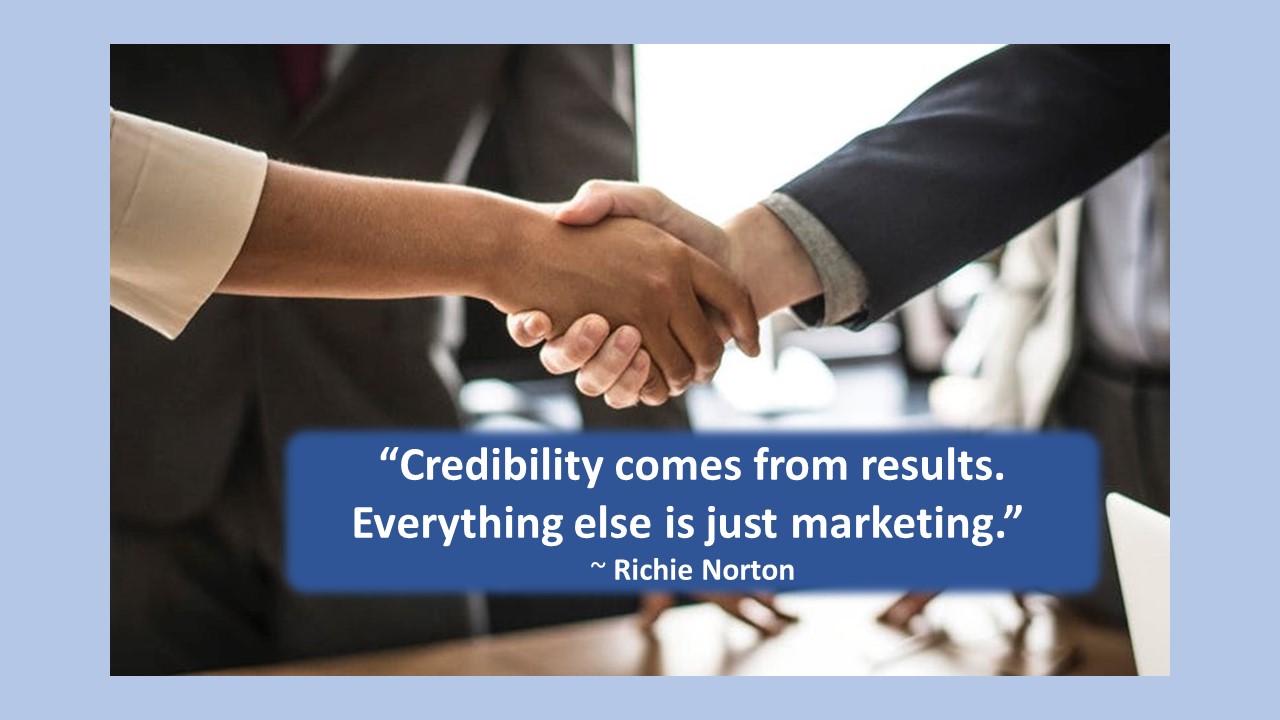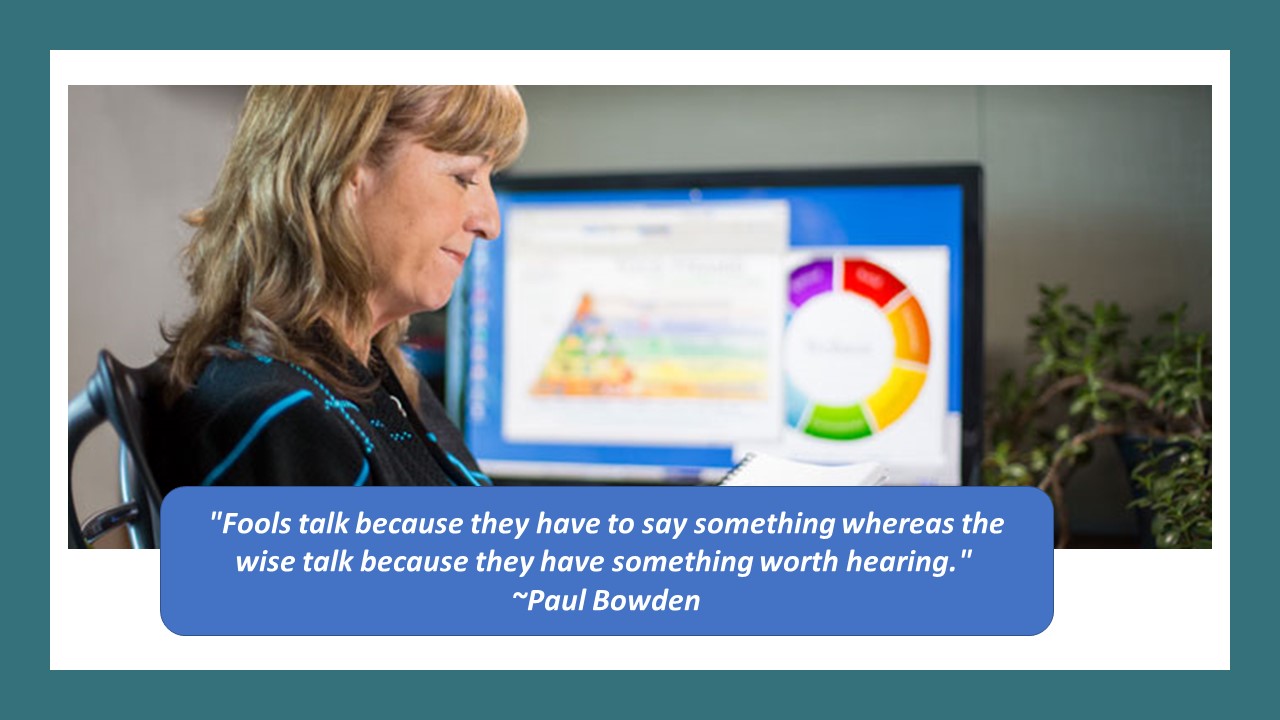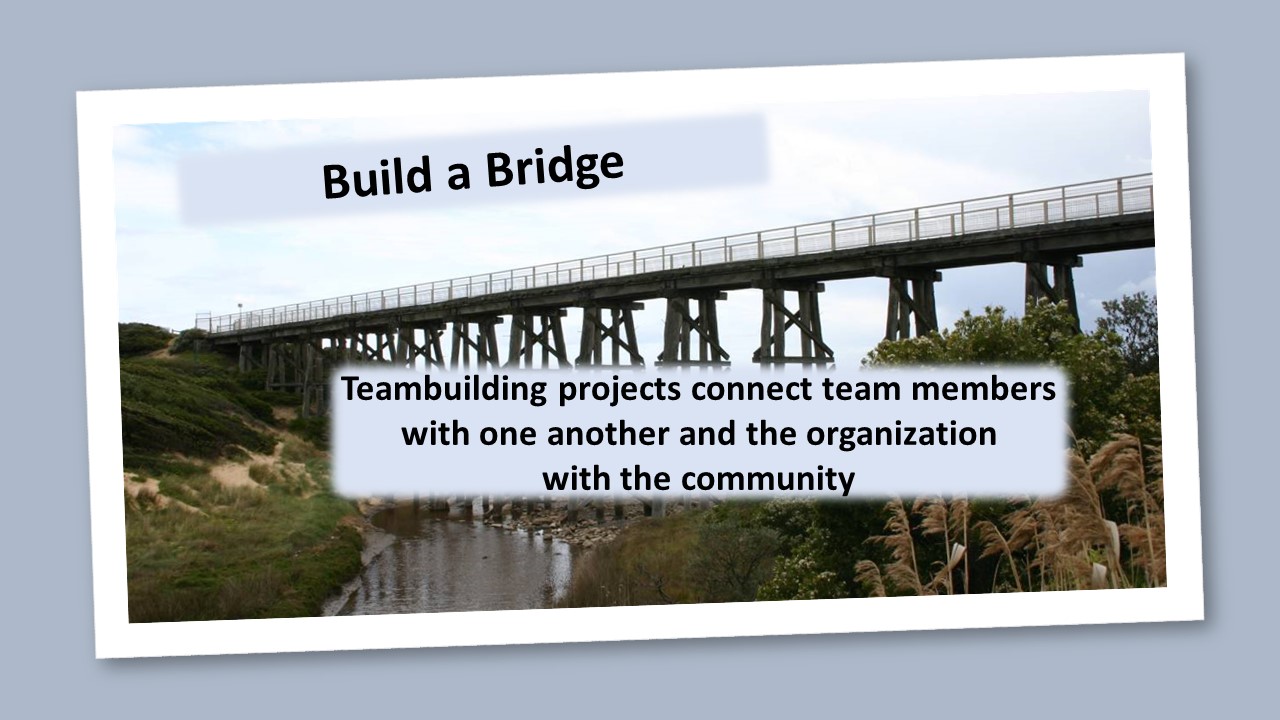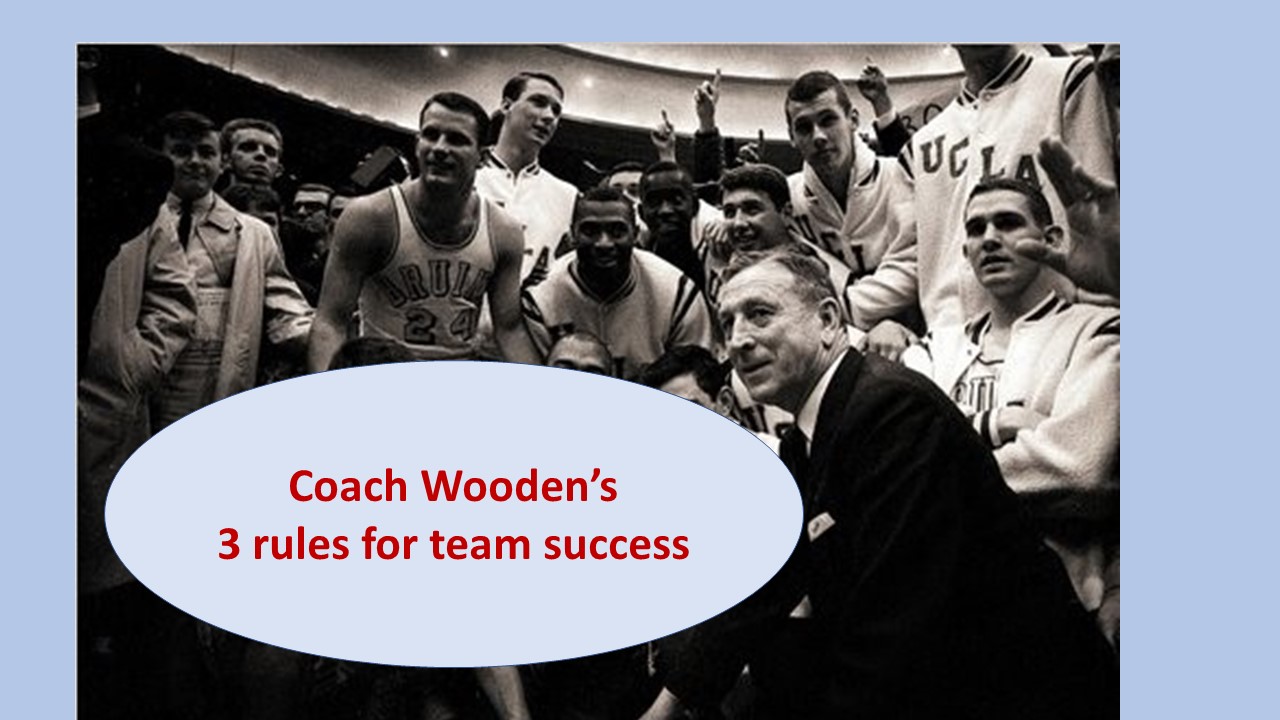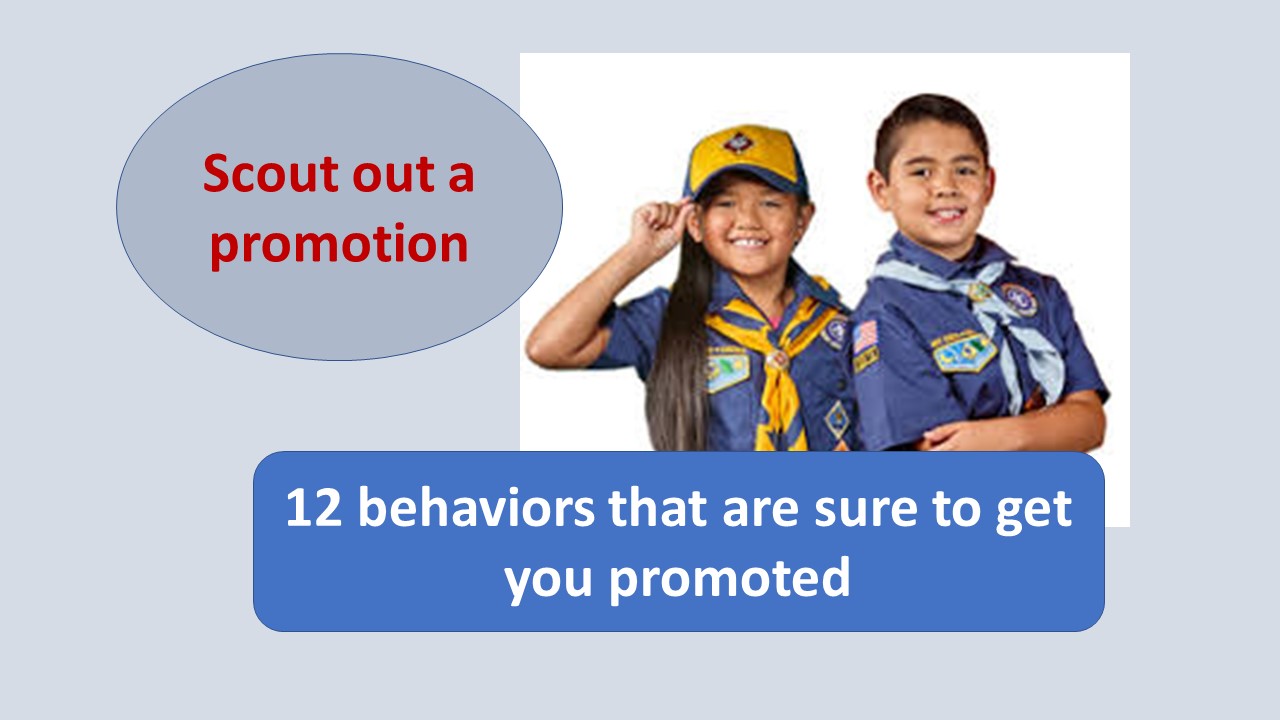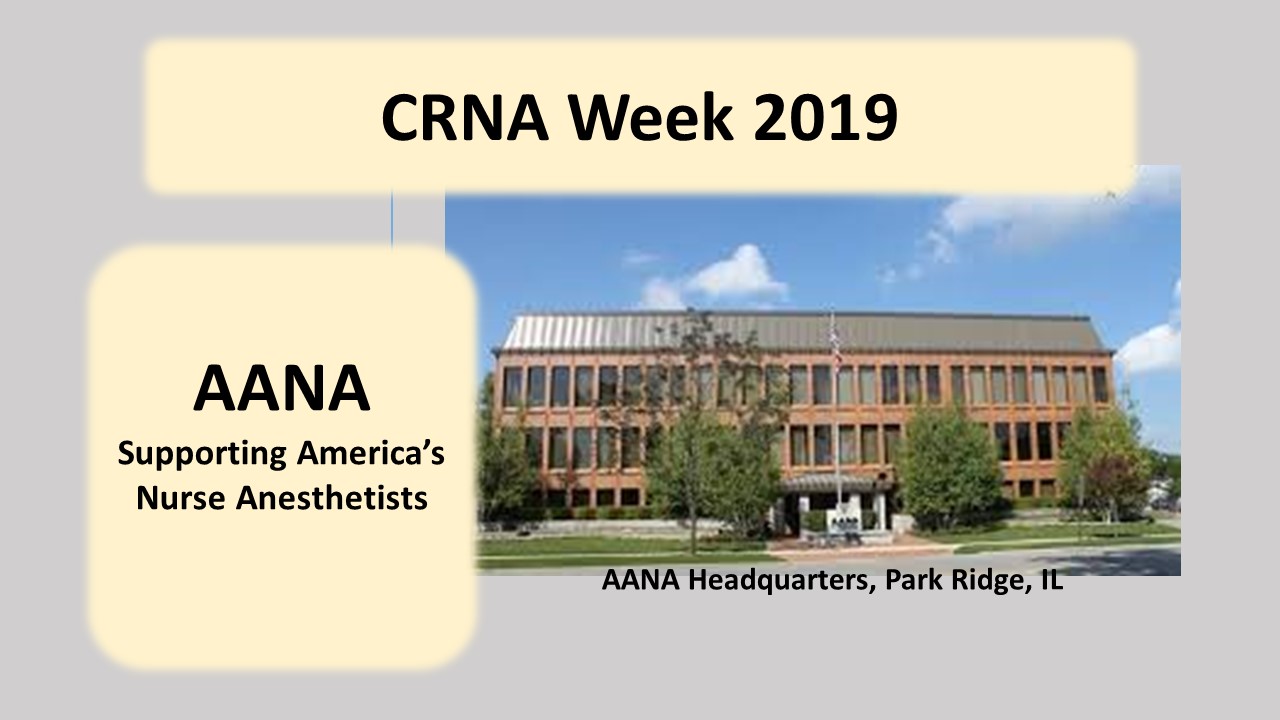By Thomas Davis, CRNA, MAE, DNAP candidate
Following closely on the tails of the summer solstice is the celebration of our day for patriots, the Fourth of July. It’s the entire nation’s holiday to enjoy summer activities with friends and family while honoring the memory of the dedicated patriots who put country ahead of self and drew a line in the sand, demanding, “Give me liberty or give me death!” The great experiment of government of the people, by the people and for the people was put into motion by the courageous acts of defiance in 1776 and we are still reaping the rewards from their Herculean sacrifices.
As a summer celebration, the Fourth frequently includes having a picnic at the park, out at the lake or right in the back yard followed by fireworks after sunset. It’s a day of relief from business as usual and an opportunity to kick back, relax and have some fun with friends.
For many people, the workplace is an extension of personal life and co-workers are viewed as extended family. Expanding the holiday celebrations to the workplace is healthy, promotes the development of a sense of community, strengthens teamwork and stimulates creativity. Seize the opportunity to use the holiday theme for teambuilding by challenging your group to create entertaining ways for having some fun at work in the days leading up to the 4th…here’s what others have done.
- Dress for the occasion. Designate the 3rd of July as a casual dress day at work and encourage workers to wear red, white and blue. Encourage RWB hair accents, holiday jewelry, or other adornments to add to the festive feeling. Have a patriotic hat contest with rewards for the creativity of your team. Challenge those with the time and resources to wear full patriotic costumes and have a good chuckle as George Washington, Betsy Ross or Paul Revere walk through the door.
- Decorate the workplace. Decorate halls, doors and desks liberally in RW and B. Find a funny holiday poster for the bathroom wall. If you have personal space such as a locker or a cubby box, decorate it for the occasion. Don’t forget your patients! Make their trip to the operating room fun and memorable by decorating the side rails on the cart. When it’s time to mark the surgical site, give the patients colored markers.
- Play 4th of July music. Substitute a 4th of July playlist and spice things up a little with fife and drum. You can play Sousa marches, Springsteen, Madonna or Simon and Garfunkel tunes to set a patriotic tone; or take a road trip down the golden oldies lane to generate some enthusiasm worthy of the holiday.
- Have a Patriotic Workplace Picnic. Workplace potluck lunches are the frequent response to celebrations throughout the year and the 4th of July is no exception; what a great opportunity for decorating the lunchroom and serving a community meal with a theme. Bring hot dogs and watermelon to simulate picnic fare and ask team members to bring their favorite picnic salads and side dishes to augment the dogs. Don’t’ forget to enlist the bakers on your team to whip up some red, white and blue desserts.
- Wear lapel flags. Show your patriotic spirit by wearing a lapel flag. Better yet, supply lapel flags for everybody working during the holiday week. If you can’t find them, get a roll of flag stickers and make sure everybody has one. Include patients in the festivities by giving them flag stickers for their hospital gowns.
- Play games. A picnic just isn’t a picnic without games. Set up some games for your team members and give prizes. A workplace scavenger hunt is fun and can be done individually or in teams. Fill a jar with RWB jellybeans and have workers guess how many are in the jar. Set up a bean bag toss or a mini nerf ball basketball hoop in the break room and keep a leader board with scores.
- Engage in a Community service project. Consider sponsoring a community service project in honor of the 4th or any holiday. A children’s bicycle rodeo or a picnic for the members of a nursing home are two teambuilding activities that are sure to present your organization in a positive light while enhancing community relations.
Our nation was united by Patriots who developed a strong loyalty to one another by working hard and playing well together. Likewise, a good leader can unite a hard working team by offering activities that promote collaboration and that free the people to enjoy themselves. A great leader creates an environment of loyalty enjoyed with liberty, bound by justice and united by loyal Workplace Patriots.
Tom is a noted author, enthusiastic speaker, committed leadership developer and superb clinical anesthetist. Contact tom@prosynex.com to book a speaking engagement.
